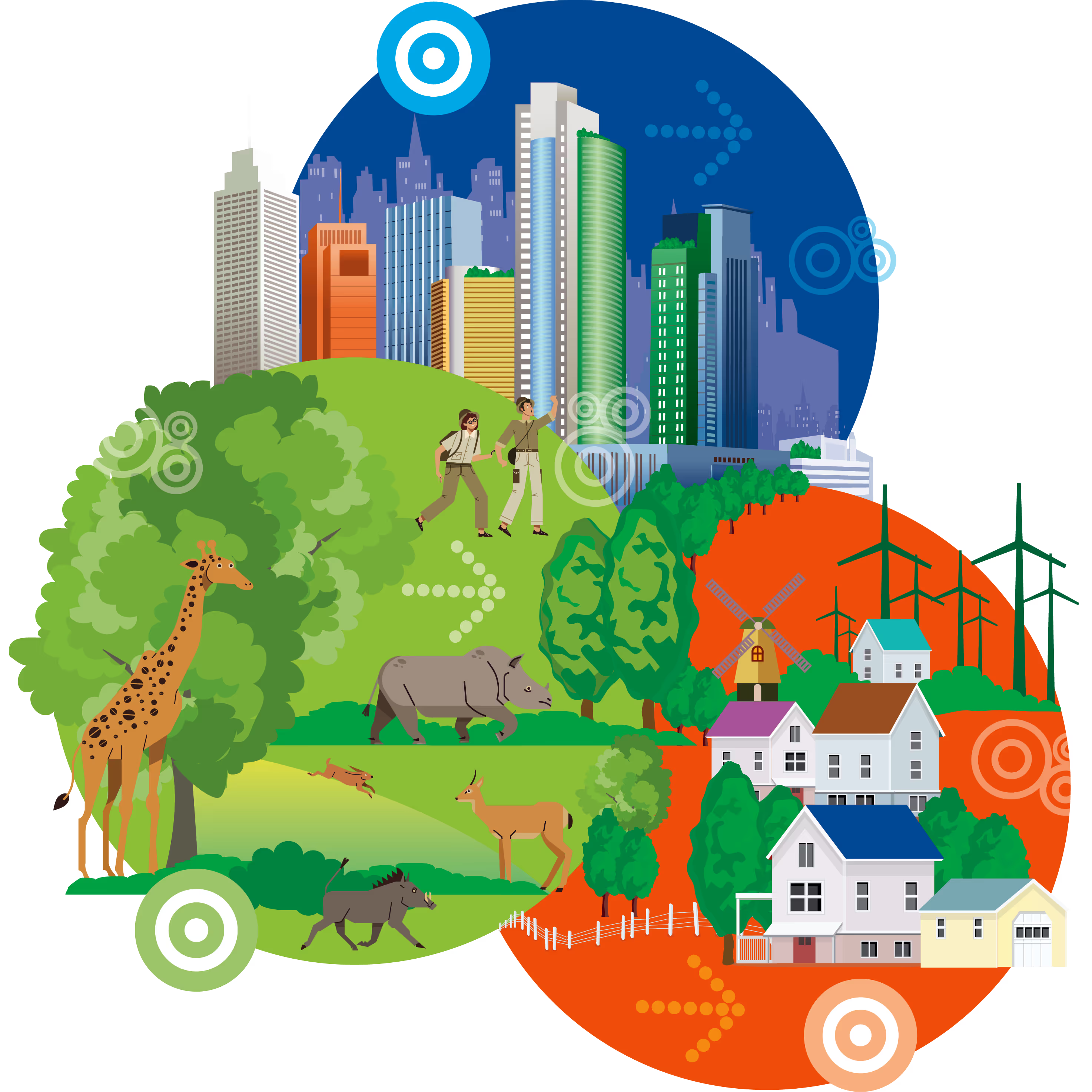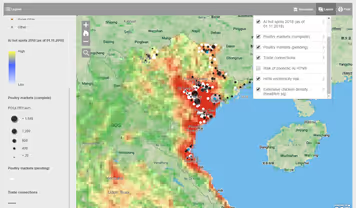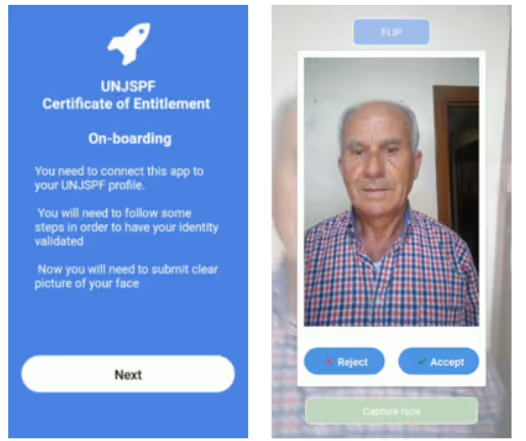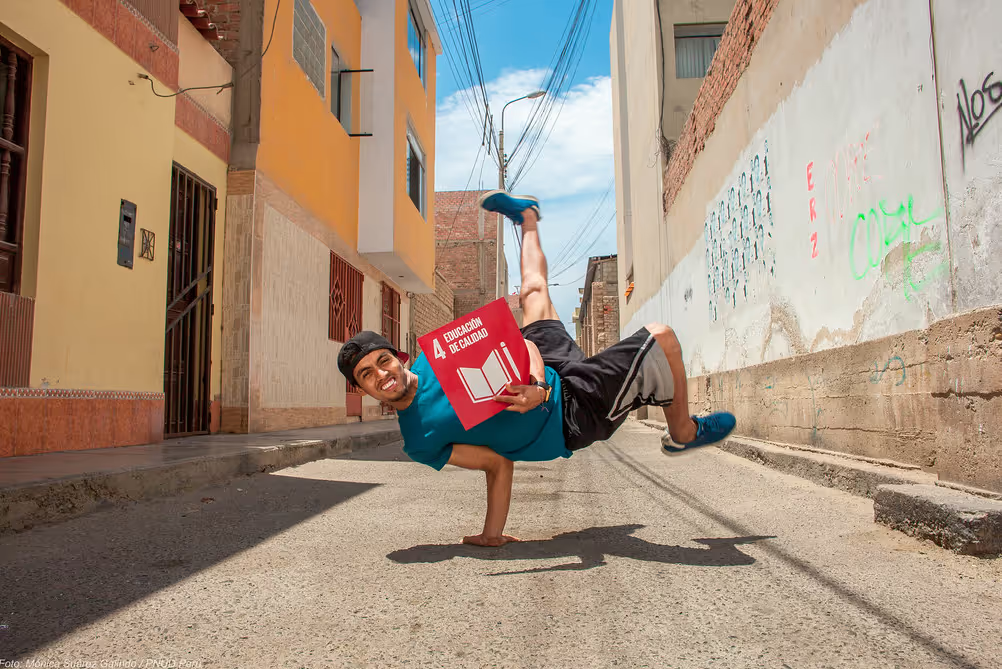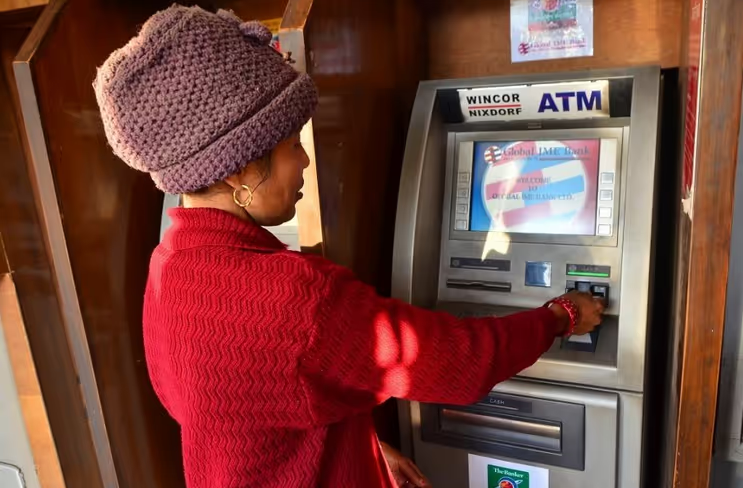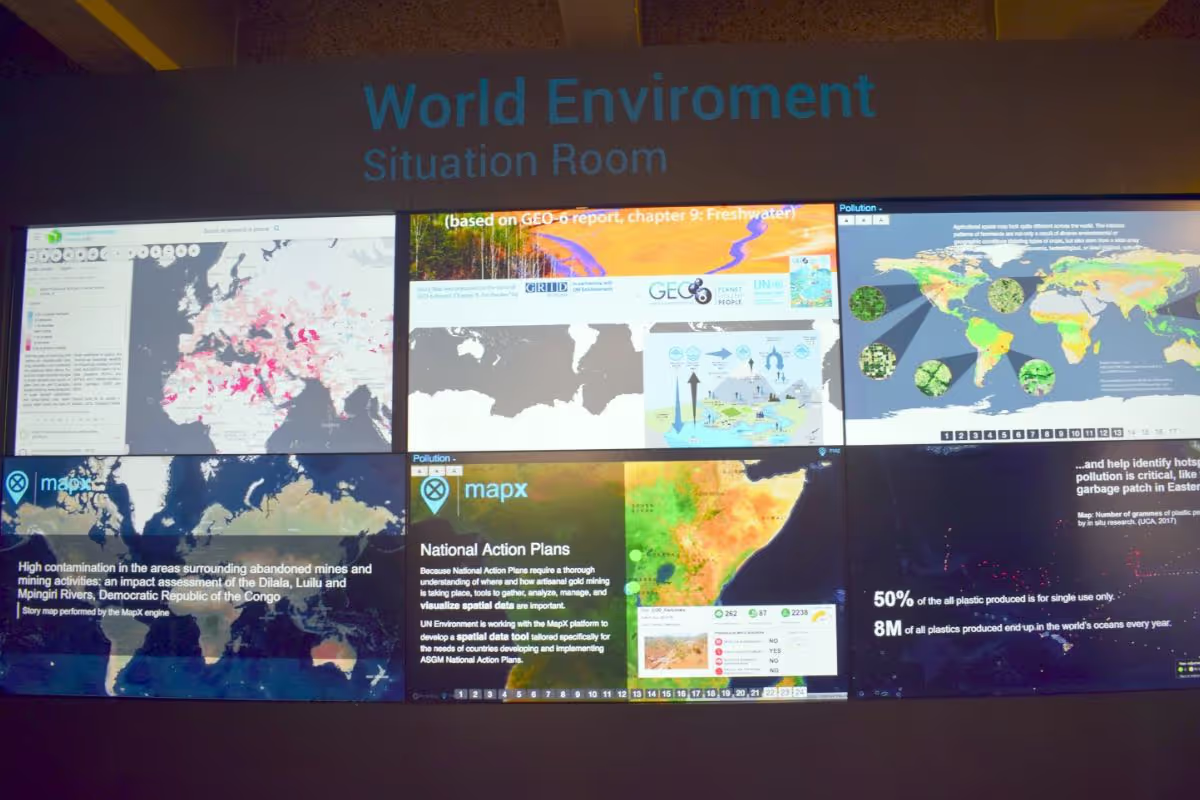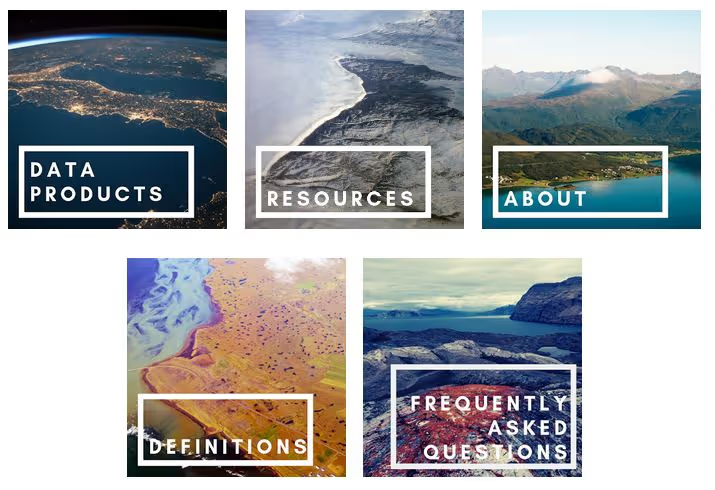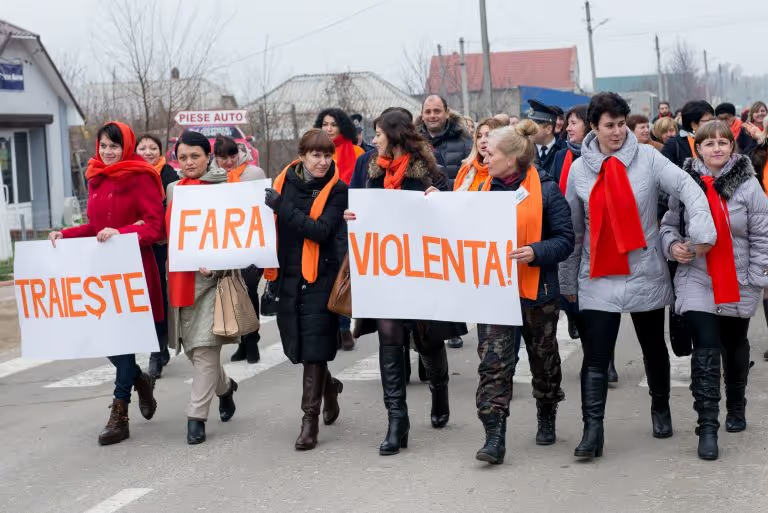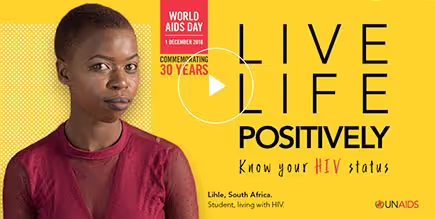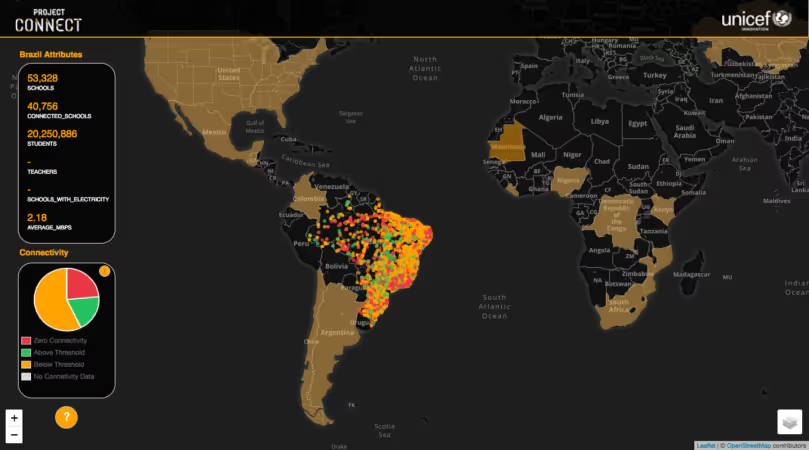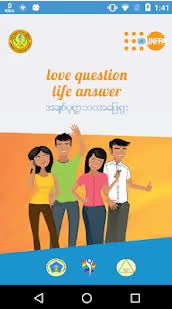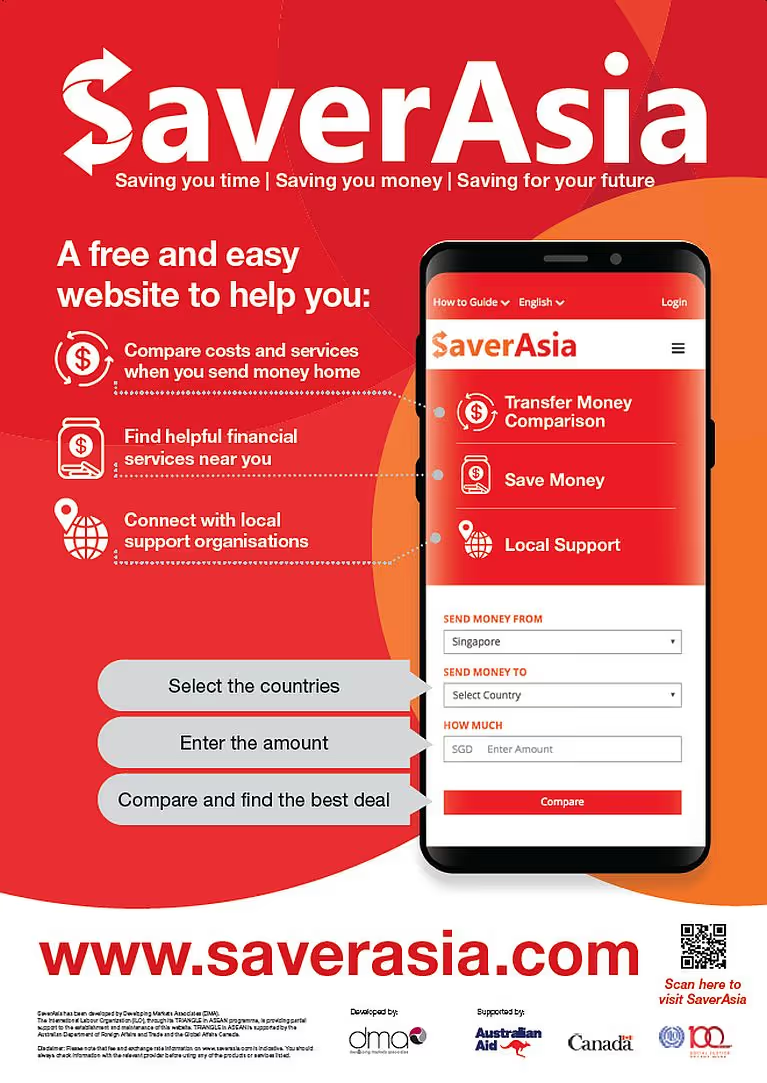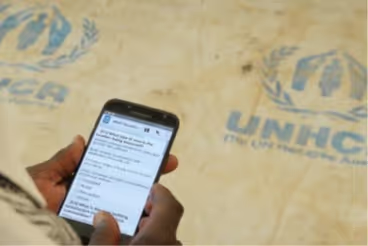SaverAsia
ILO’s TRIANGLE in ASEAN programme launched a new digital service SaverAsia to help migrant workers save when sending remittance home. The web portal helps compare costs and services for sending money through various operators. The application not only features information on financial services, including bank accounts, mobile wallets, micro-credits, insurance, but also financial literacy courses, and a budget calculator. Last but not least, it helps migrants connect with local support organisations. The average cost to send remittances within the region ranges from 3 per cent to 20 per cent, depending on the service provider used. Other challenges include difficulties accessing a bank office and low awareness of available financial services. As a result, many migrants depend on a small circle of friends for financial information, use informal channels, and often queue for a long time each month to send money home by cash. SaverAsia is part of an ILO global strategy to address these challenges. It does so in three ways. First, SaverAsia helps users compare costs and services for sending money home through various money transfer operators, including online services, mobile wallets, branch-based services, and banking. It provides both live rates and full cost comparisons (collected periodically). The website allows users to compare prices and services across each major ASEAN remittance corridor, including: Singapore to Myanmar, Indonesia, or Philippines; Malaysia to Cambodia, Myanmar, or Viet Nam; and Thailand to Myanmar, Cambodia, or Laos. Secondly, it provides information on financial services, such as bank accounts, mobile wallets, micro-credits, insurance, and financial literacy courses, and a budget calculator. This will help users to save for their future and improve their finances. Thirdly, it helps users connect with local support organizations.




